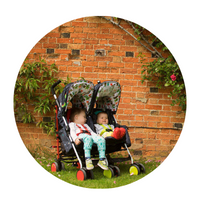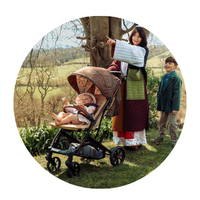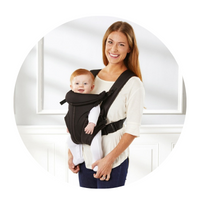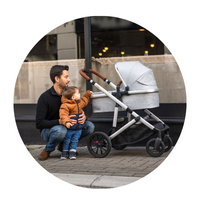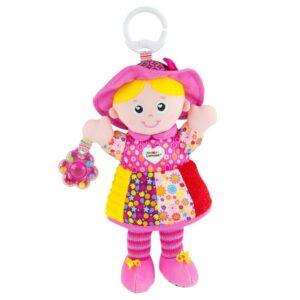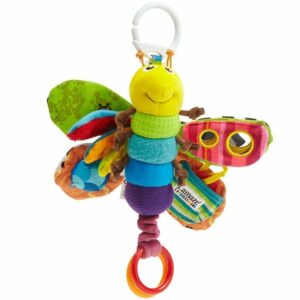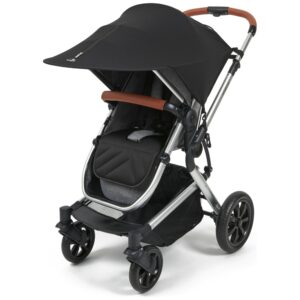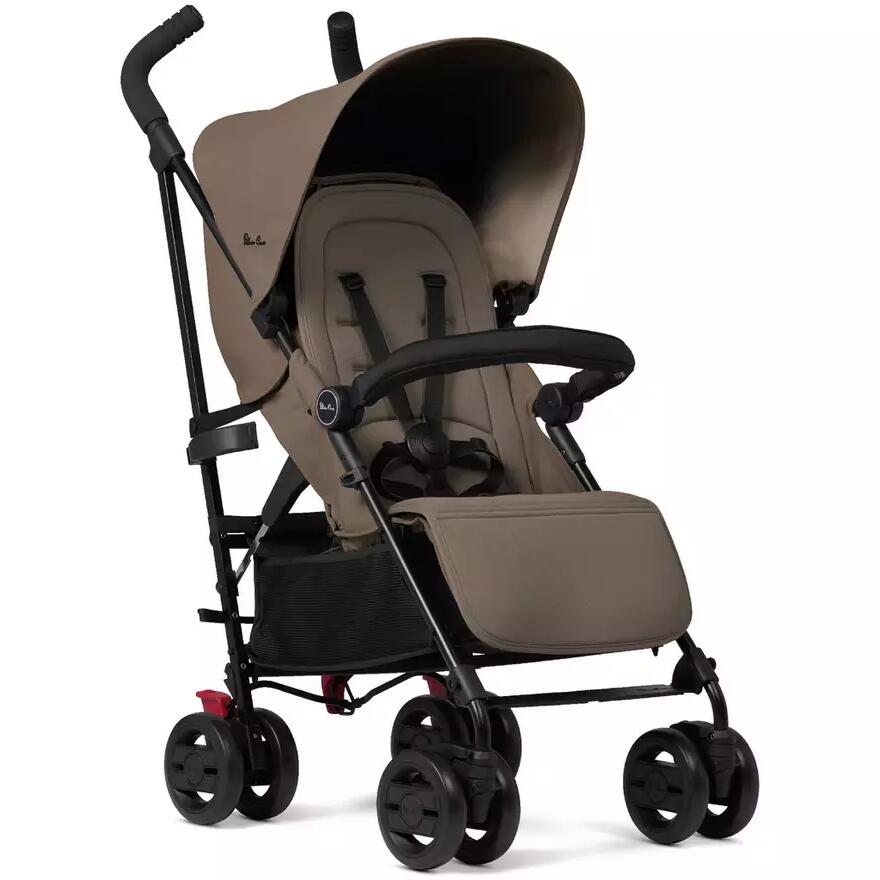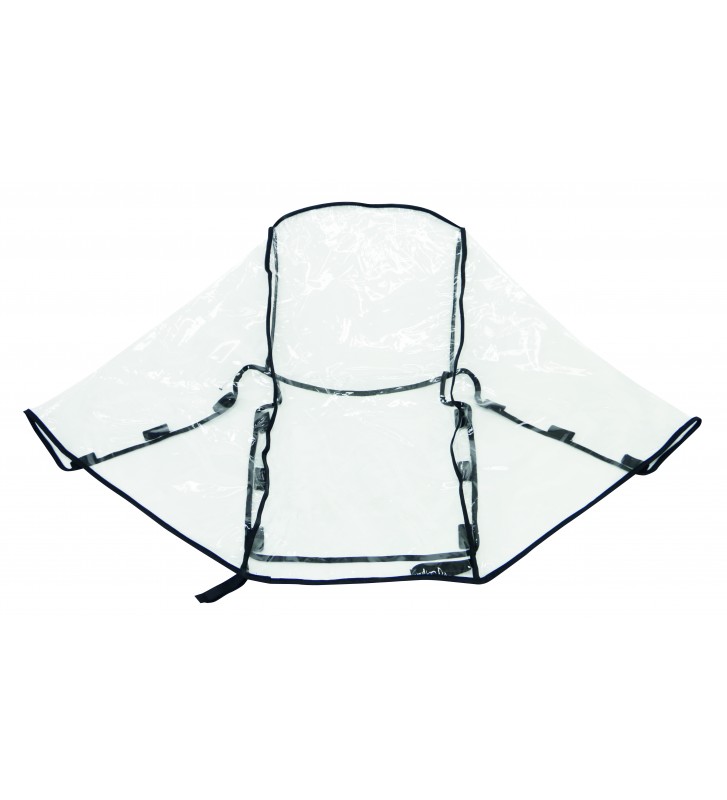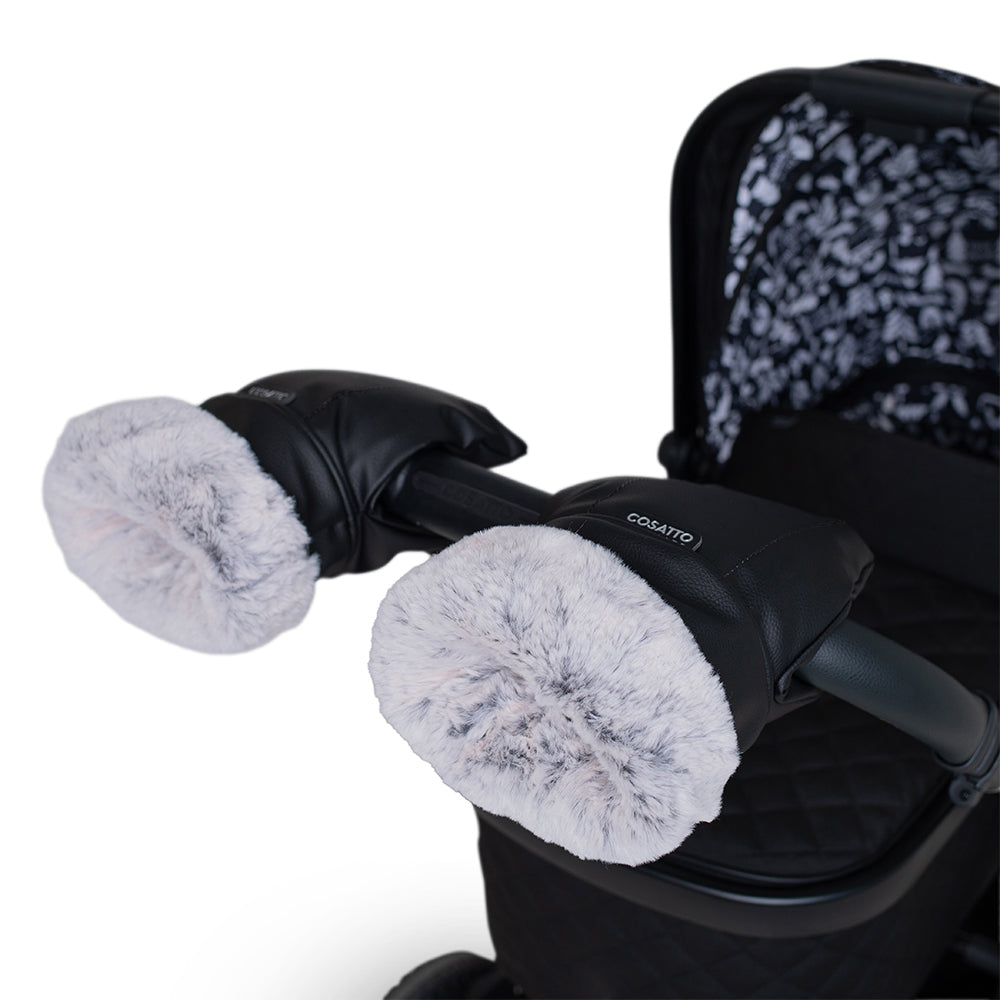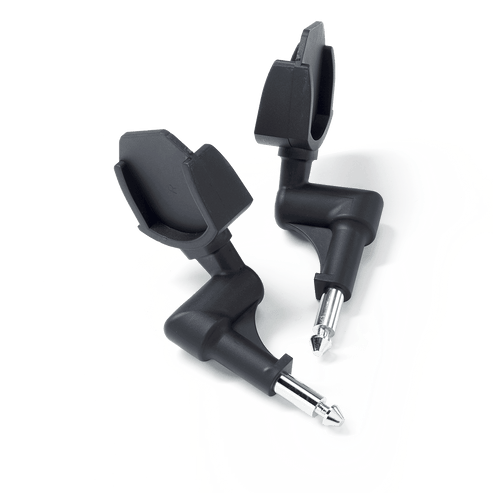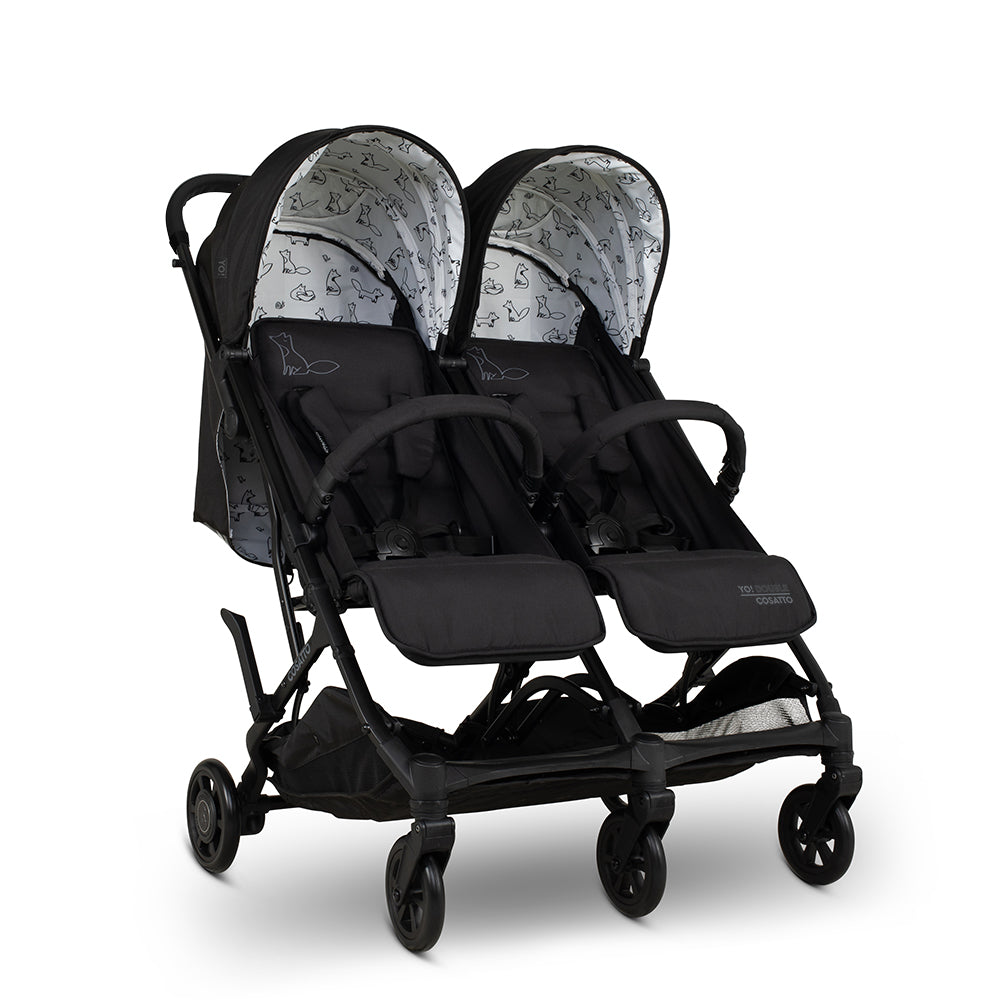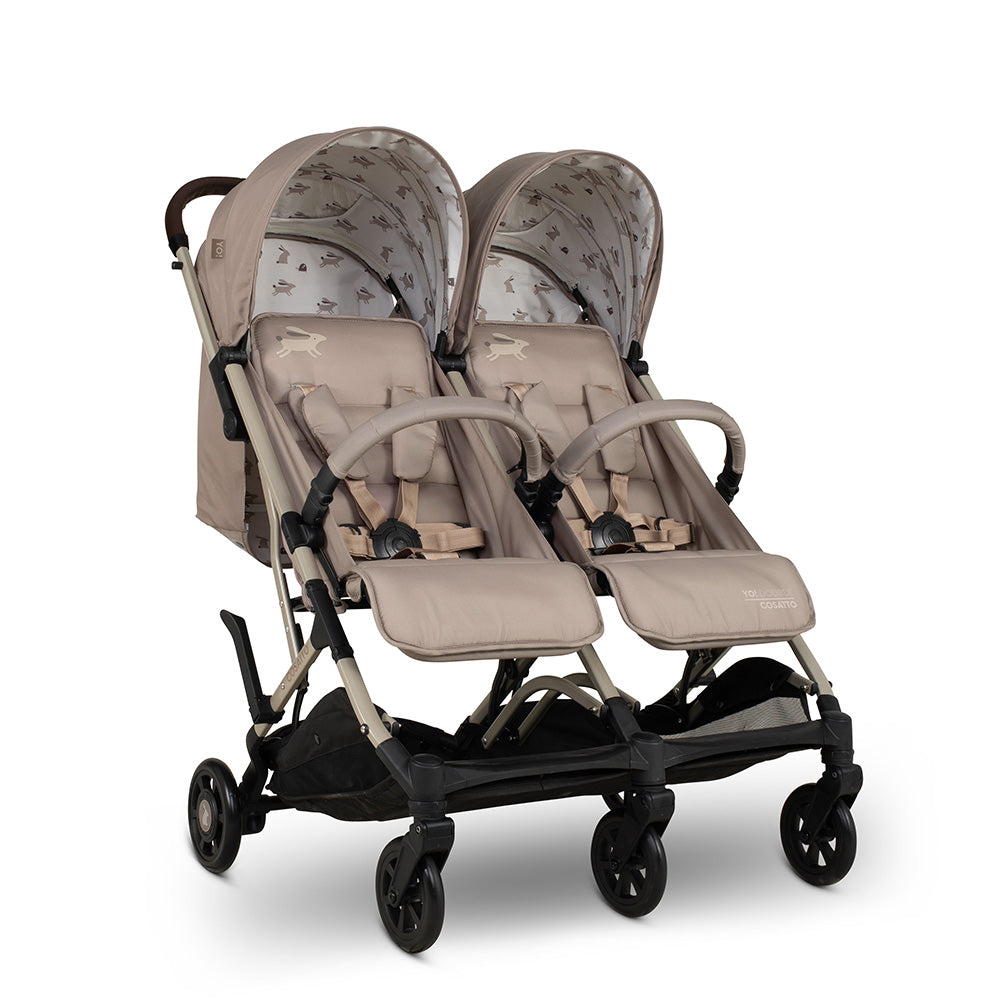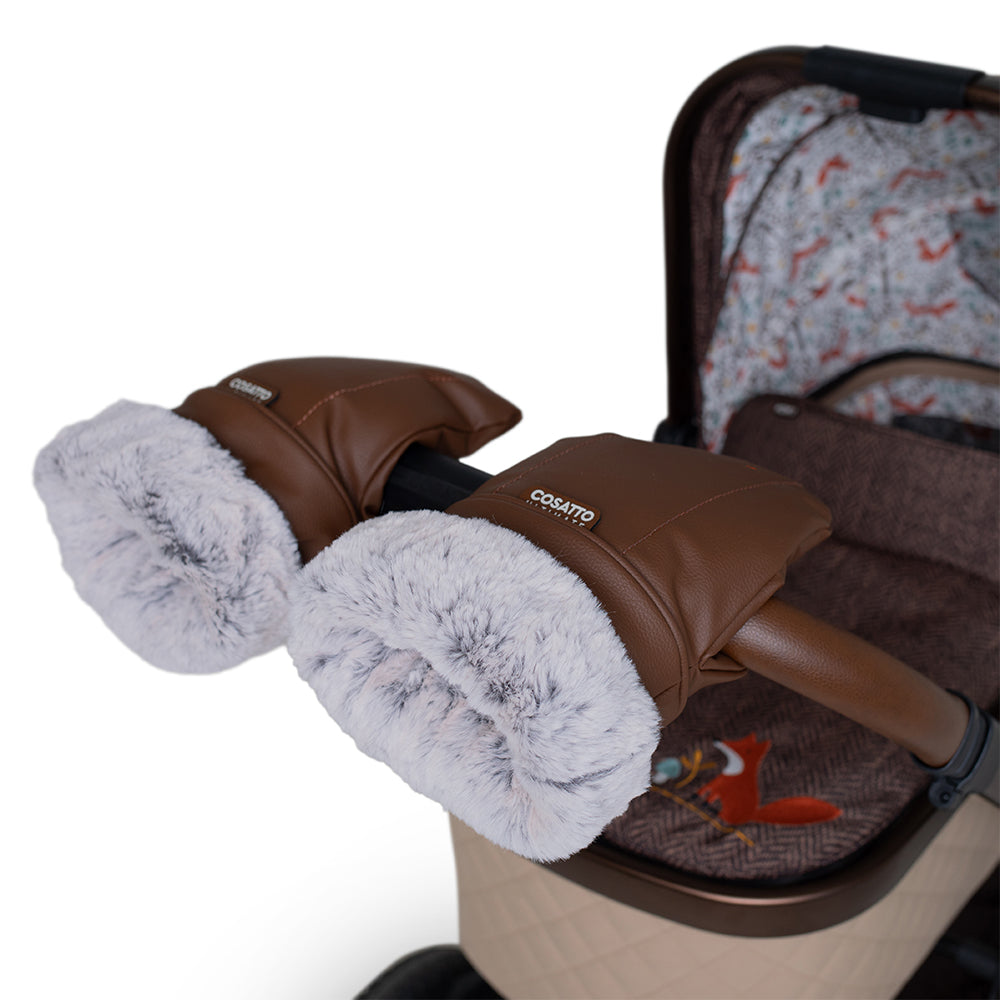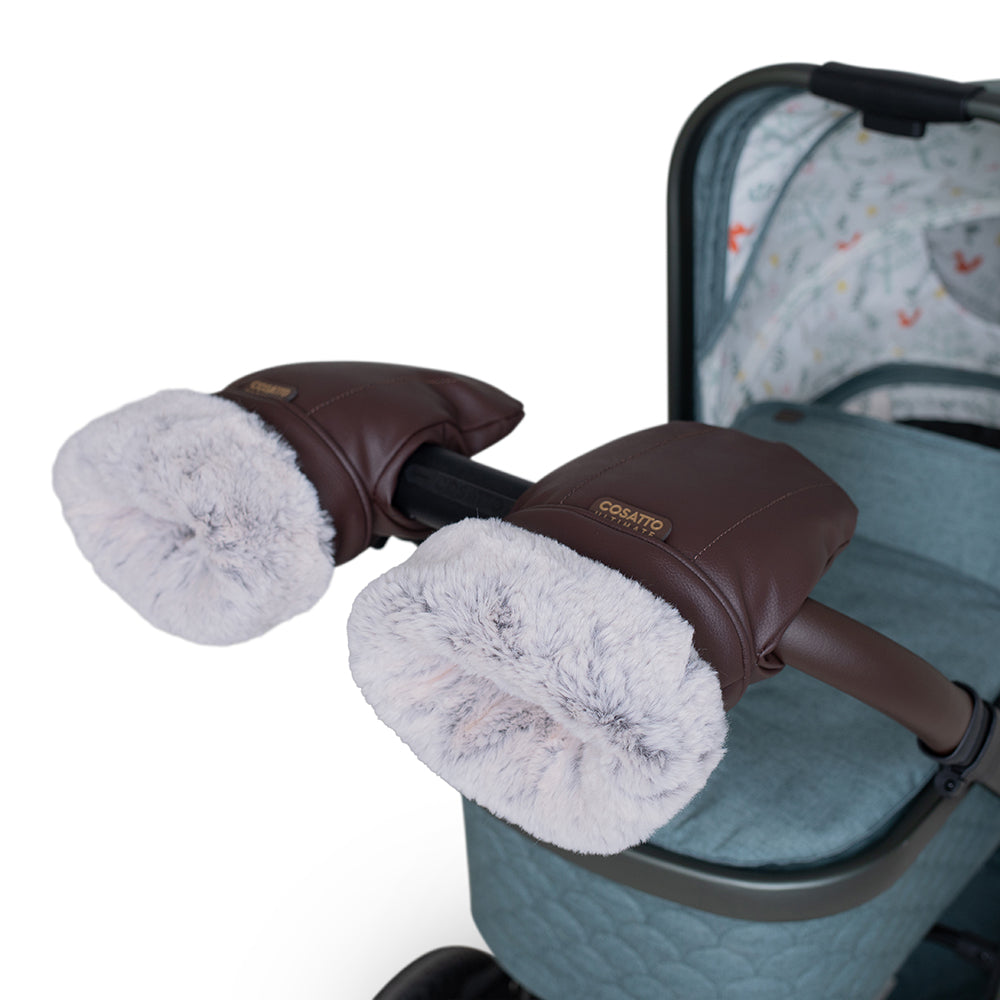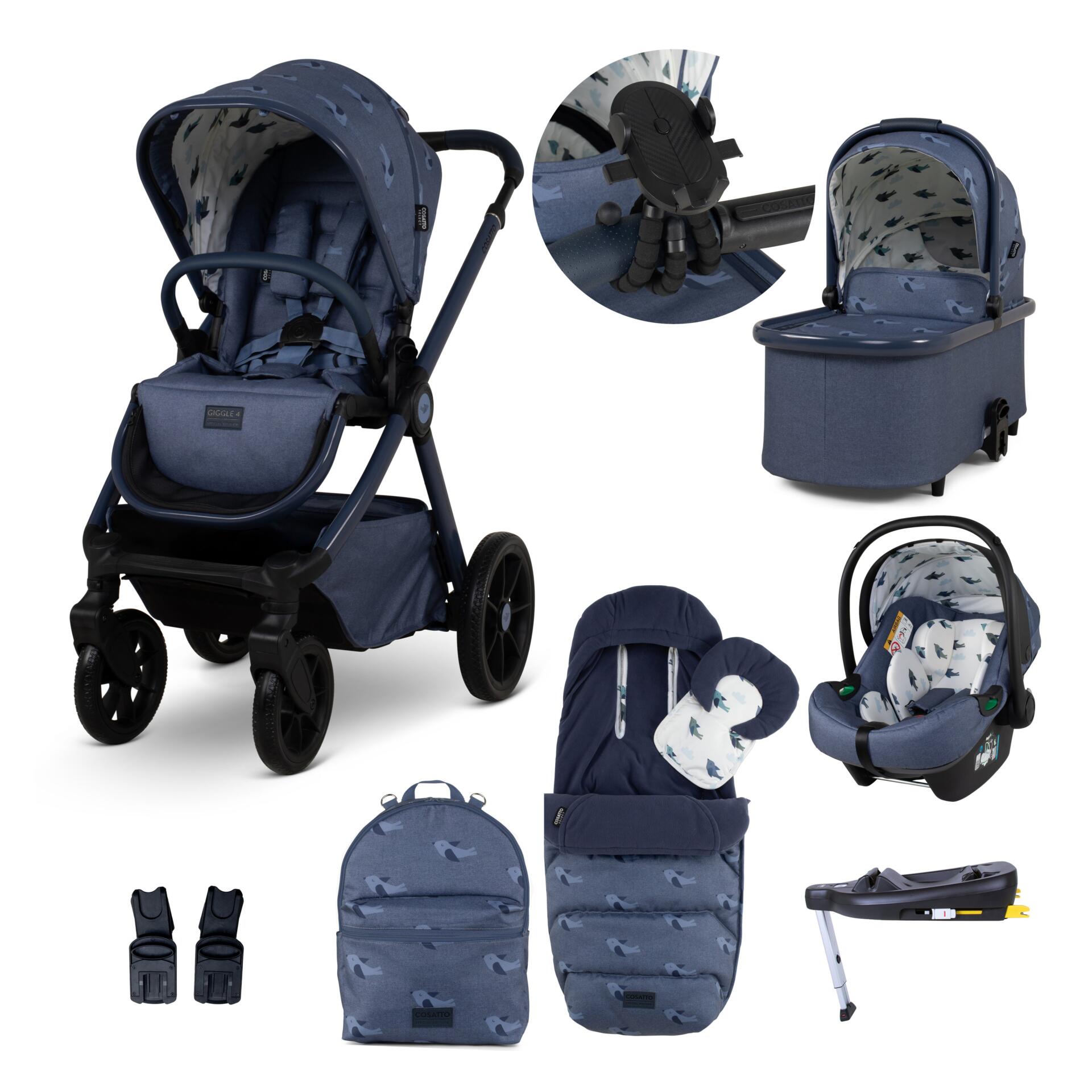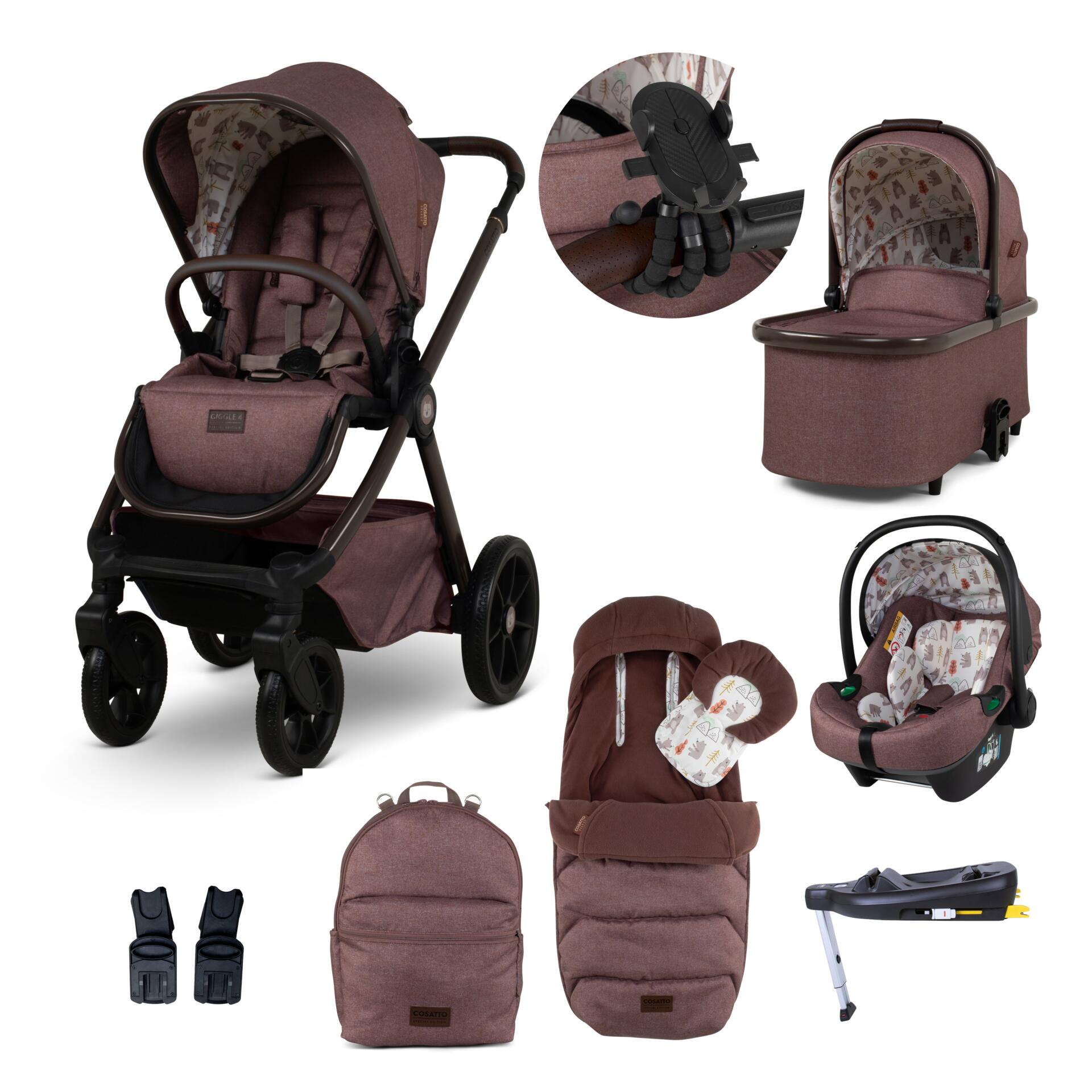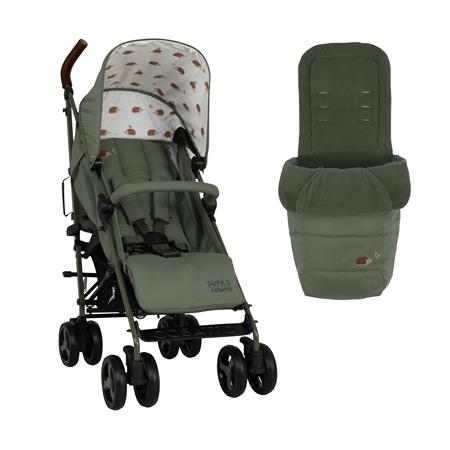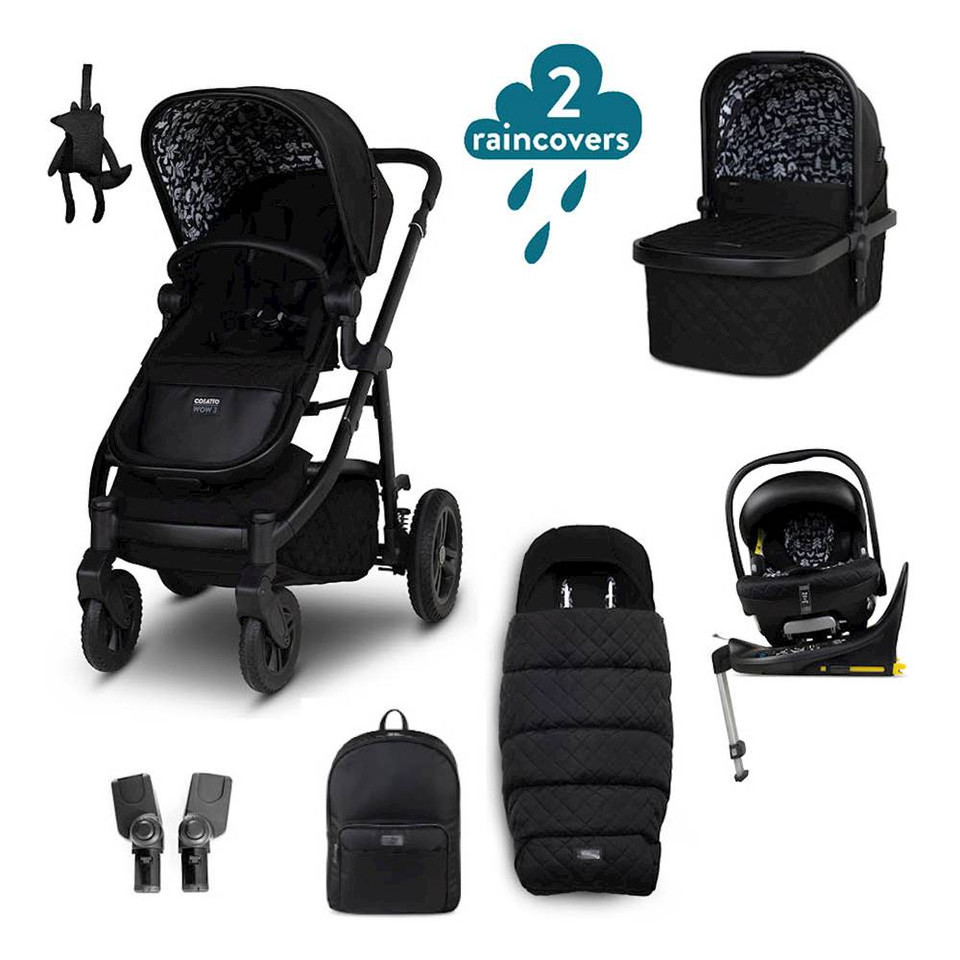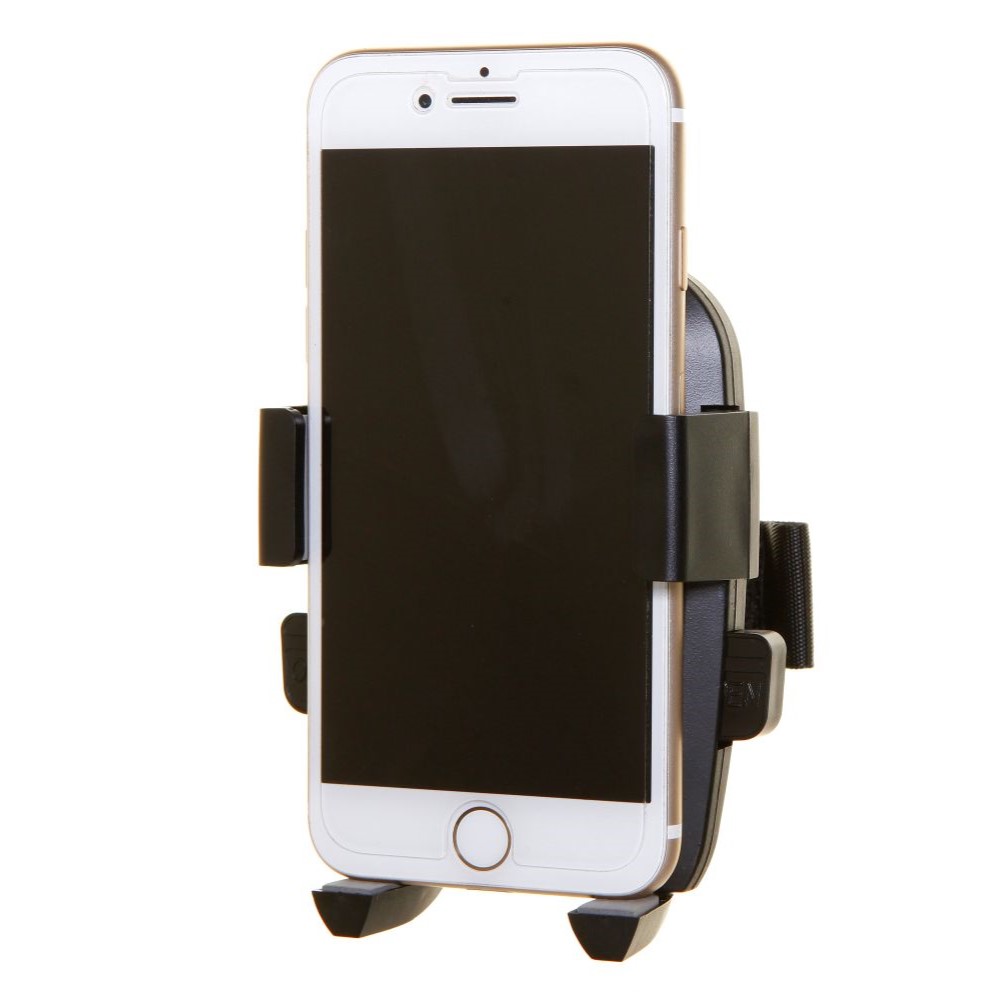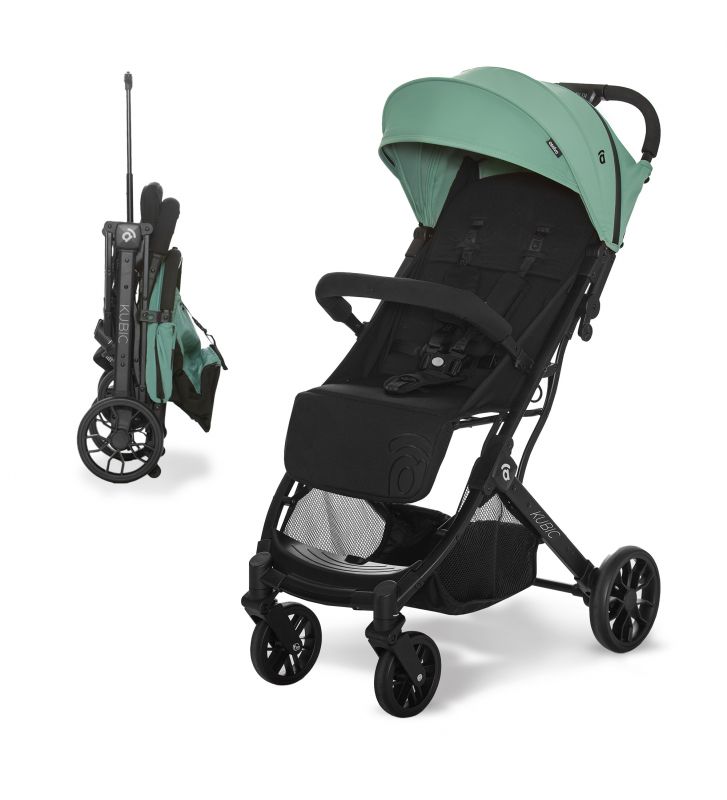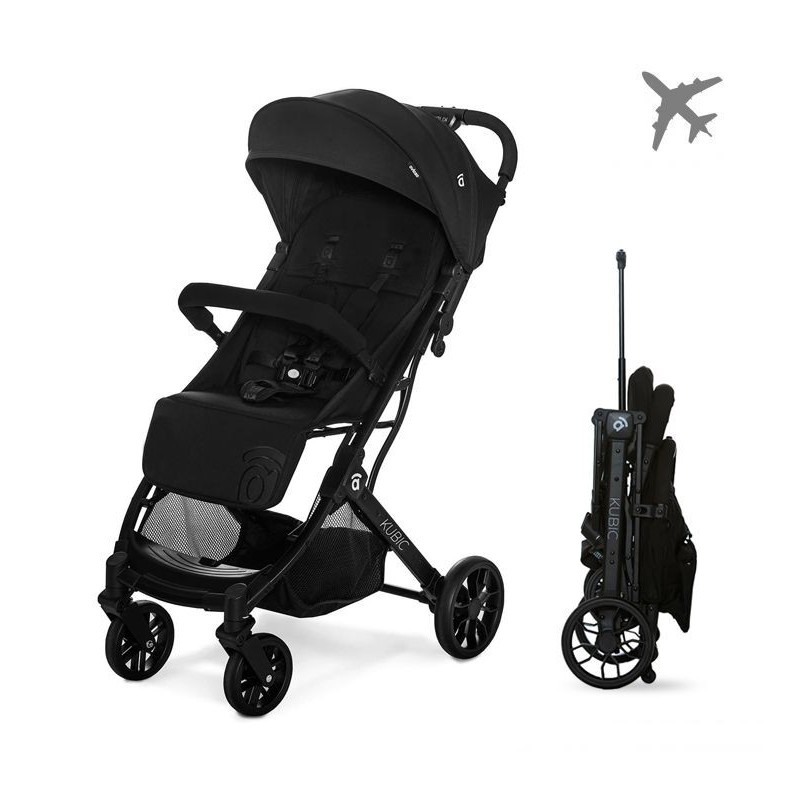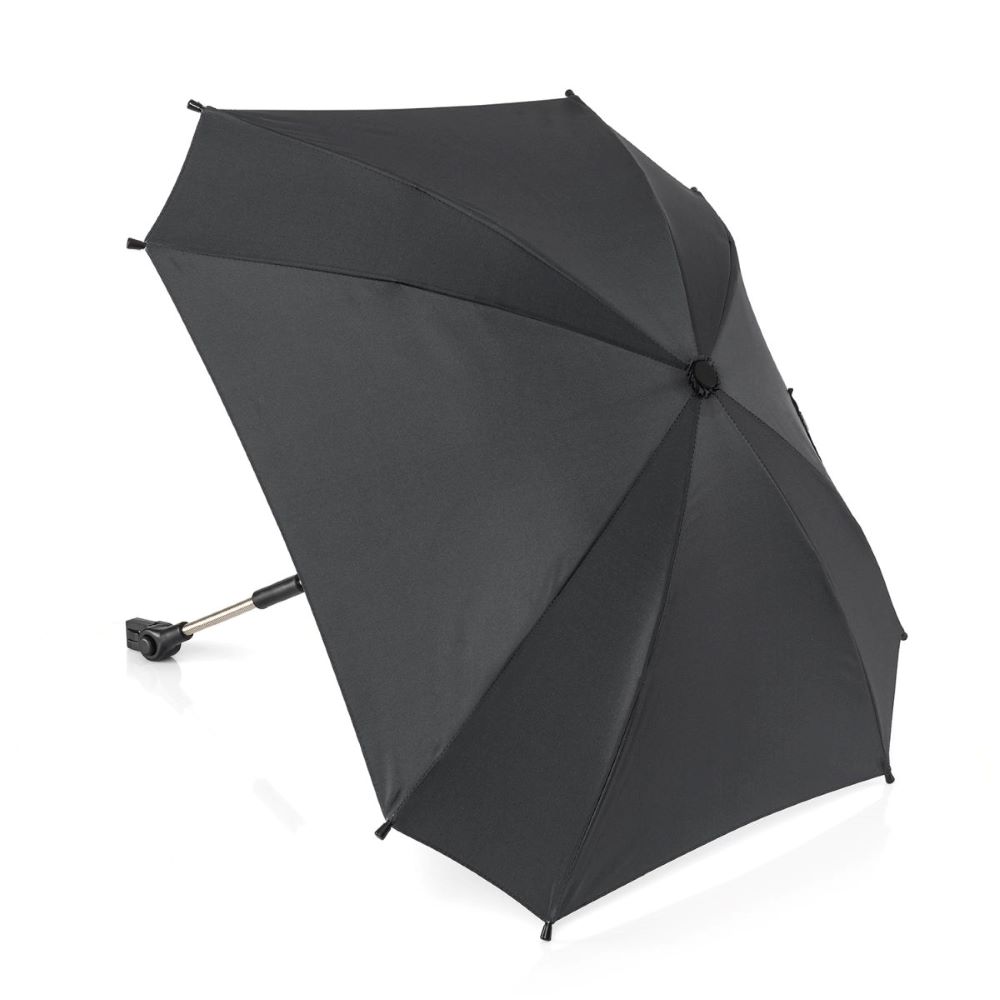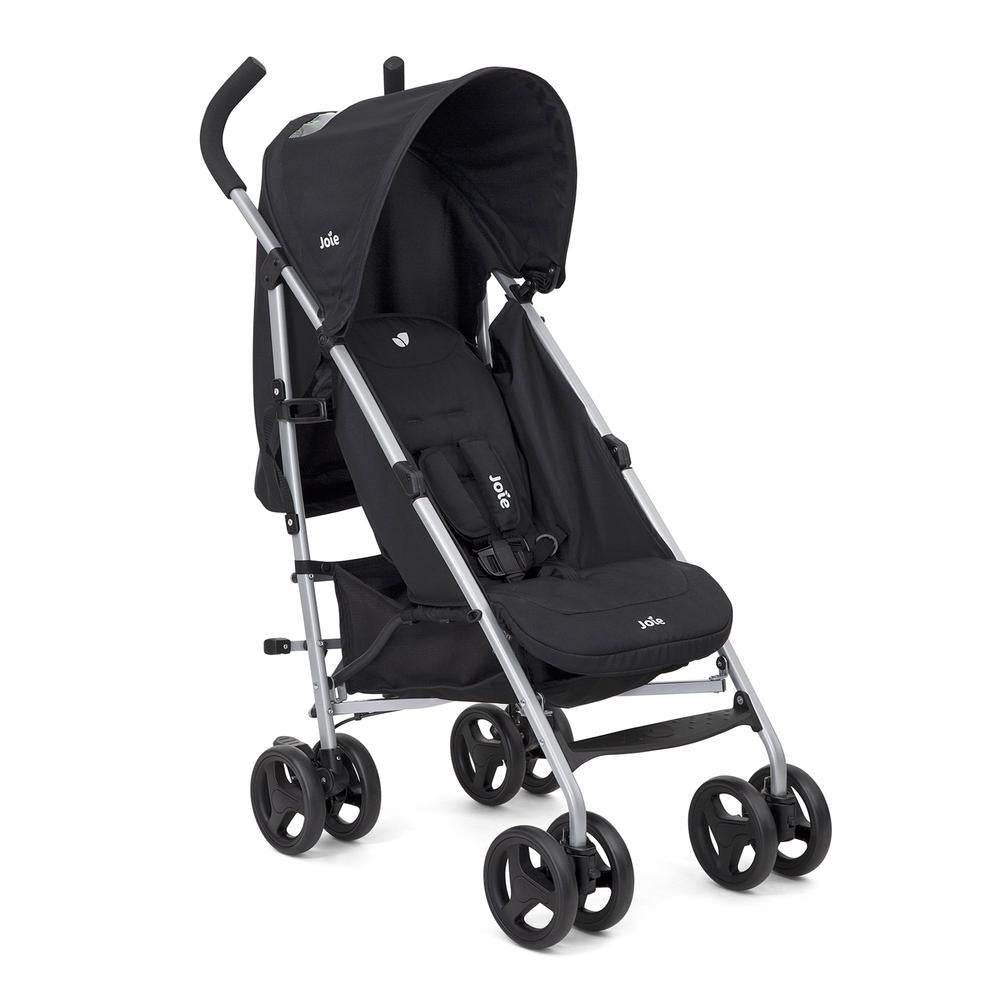Frequently asked questions
Which pushchair should I buy?
Choosing a pushchair is a big decision, and the “best” one depends entirely on your lifestyle and needs. There isn’t a single answer for everyone, but by asking yourself a few key questions, you can narrow down the options and find the perfect fit.
Here’s a breakdown of the most important things to consider:
1. Your Lifestyle and Environment
- Where do you live? Are you navigating city / town streets with narrow pavements and public transport, or are you in a rural area with bumpy paths and country lanes?
- City Life: Look for a lightweight, compact pushchair with a good turning circle. A one-handed fold is a lifesaver when you’re on a bus or train.
- Country Life: You’ll need an all-terrain pushchair with larger, more robust wheels and excellent suspension to handle uneven surfaces.
- How will you use it?
- Everyday errands: Consider a pushchair with a large shopping basket for groceries and baby essentials.
- Car journeys: Check the folded dimensions to make sure it fits easily in your car boot, with room for other luggage.
- Travel: If you’re a frequent flyer, a lightweight, compact travel stroller that fits in an overhead locker is a great choice.
2. Suitability for Your Child
- Newborns: If you’re buying a pushchair from birth, it must allow your baby to lie completely flat. This supports their developing spine and lungs. Many pushchairs are “from birth” if you add a carrycot or a specific lie-flat seat unit.
- Toddlers: A pushchair for an older child needs to be sturdy, have a good weight capacity, and offer a comfortable seat for napping on the go.
- Growing Family: If you plan on having more children, look for a single pushchair that can convert into a double with an additional seat or a buggy board.
3. Key Features to Look For
- Travel System Compatibility: A travel system is a pushchair frame that allows you to attach a car seat directly onto it. This is incredibly convenient for short trips as you can move your sleeping baby from the car to the pushchair without waking them.
- Foldability: How easy is it to fold and unfold? Can you do it with one hand? This is a crucial feature, especially when you’re holding a baby.
- Storage: A generous under-seat basket is essential for nappies, snacks, shopping, and rain covers.
- Adjustable Handlebar: This is a back-saver if you or your partner are particularly tall or short.
- Safety: Always ensure the pushchair meets current safety standards and has a secure five-point harness and reliable brakes.
- Reversible Seat: Many pushchairs offer a reversible seat, allowing your newborn to face you and your toddler to face the world.
In Summary
To find the right pushchair, start by considering your lifestyle, budget, and how you’ll be using it most often. Once you have a clear idea, you can explore the different types of pushchairs (standard, travel systems, lightweight, all-terrain) and compare the features that matter most to you.
What's the difference between a pushchair, a stroller, and a pram?
The key distinctions are age suitability and position:
- Pram: Exclusively for Newborns, lying flat.
- Pushchair: Older babies and toddlers, sitting up (but often with a lie-flat option for newborns).
- Stroller: Toddlers and older children, sitting upright, with a focus on portability.
What is a travel system?
A travel system is an all-in-one baby transport solution that provides a seamless way to move your baby from the car to a pushchair and back again. The key feature is that the various components are designed to work together on a single chassis (the pushchair frame).
A typical travel system bundle includes:
- A pushchair chassis/frame: This is the wheeled base that all the other components attach to.
- A pushchair seat unit: This is a forward- or rear-facing seat for when your baby is old enough to sit up, typically from around 6 months.
- An infant car seat: This is a car seat specifically for newborns and very young babies, usually with a carry handle. It can be clicked directly onto the pushchair chassis.
- A carrycot (in many cases): This is a lie-flat bed for newborns, which attaches to the chassis and is ideal for long walks and outdoor naps, as it provides the most comfortable and supportive position for a baby’s spine.
- Car seat base (often included): This is the base that stays installed in your car, making it quick and easy to click the car seat in and out without having to re-thread the seatbelt every time.
The main advantage of a travel system is convenience. It allows you to transfer your sleeping baby from the car to the pushchair frame without having to unbuckle them and disturb their sleep. This is incredibly handy for quick trips to the shops, doctors’ appointments, or just getting in and out of the car. It offers a comprehensive solution that can often be used from birth until your child is a toddler, making it a cost-effective choice compared to buying all the pieces separately
Can I use a carrycot for overnight sleeping?
The answer is it depends on the specific carrycot.
It is crucial to understand the difference between supervised and unsupervised sleep. All carrycots are designed for supervised sleep, such as during a walk or a quick nap while you are in the same room. However, only certain carrycots are certified for unsupervised or overnight sleeping.If it’s not certified, it’s safer to use a dedicated Moses basket, bedside crib, or full-sized cot.
What are the different types of wheels?
The type of wheels on a pushchair is a key factor in determining how it handles and the kind of terrain it’s best suited for. There are two main categories of pushchair wheels, each with its own pros and cons:
1. Air-Filled (Pneumatic) Wheels
These wheels are essentially miniature bicycle tyres, consisting of a rubber outer tyre and an inner tube filled with air.
- Pros:
- Superior Ride: The air acts as a natural shock absorber, providing the smoothest and most comfortable ride for your baby, especially over bumpy or uneven terrain like gravel paths, cobblestones, and grass.
- Excellent Grip: The rubber tread offers superior traction, which is ideal for all-weather conditions and various surfaces.
- Adjustable: You can slightly adjust the tyre pressure to suit different terrains. For example, a lower pressure provides more cushioning on rough ground, while a higher pressure is better for a smoother ride on flat surfaces.
- Cons:
- Maintenance: Like bicycle tyres, they require regular checks and inflation to maintain the correct pressure.
- Puncture Risk: There is always a risk of getting a puncture, which can be a major inconvenience.
- Weight: They are generally heavier than solid wheels, which can add to the overall weight of the pushchair.
2. Solid (Puncture-Proof) Wheels
These wheels are made from various solid materials, so they don’t have an inner tube and can’t get a puncture. They are a popular choice for their low maintenance. There are a few different types of solid wheels:
- EVA (Ethylene Vinyl Acetate) Foam Wheels:
- Pros: Very lightweight and completely maintenance-free. They are typically found on travel strollers and city pushchairs where weight and compactness are priorities.
- Cons: They offer less suspension and a bumpier ride on rough surfaces compared to air-filled wheels. They can also be noisy on hard surfaces.
- PU (Polyurethane) or “Never-Flat” Wheels:
- Pros: These wheels are foam-filled, providing a cushioning effect that is a good compromise between air-filled and EVA wheels. They offer a reasonably smooth ride without the risk of punctures. They are also durable and maintenance-free.
- Cons: They don’t provide the same level of shock absorption as a truly air-filled wheel, and you can’t adjust the firmness.
- Solid Rubber Wheels:
- Pros: Extremely durable with good grip. They are often found on high-end or all-terrain pushchairs and are a good choice for families who need a solid, hard-wearing wheel.
- Cons: Heavier than foam wheels and can be expensive.
Key Considerations When Choosing
- Lifestyle: If you’re a keen hiker or live in a rural area, air-filled wheels are often the best choice for comfort and performance. If you’re primarily in the city and use public transport, solid wheels (especially EVA foam) are a better, more convenient option due to their low weight and zero maintenance.
Maintenance: If you want a “fit and forget” solution and hate the idea of a flat tyre, a pushchair with solid wheels is the way to go.

